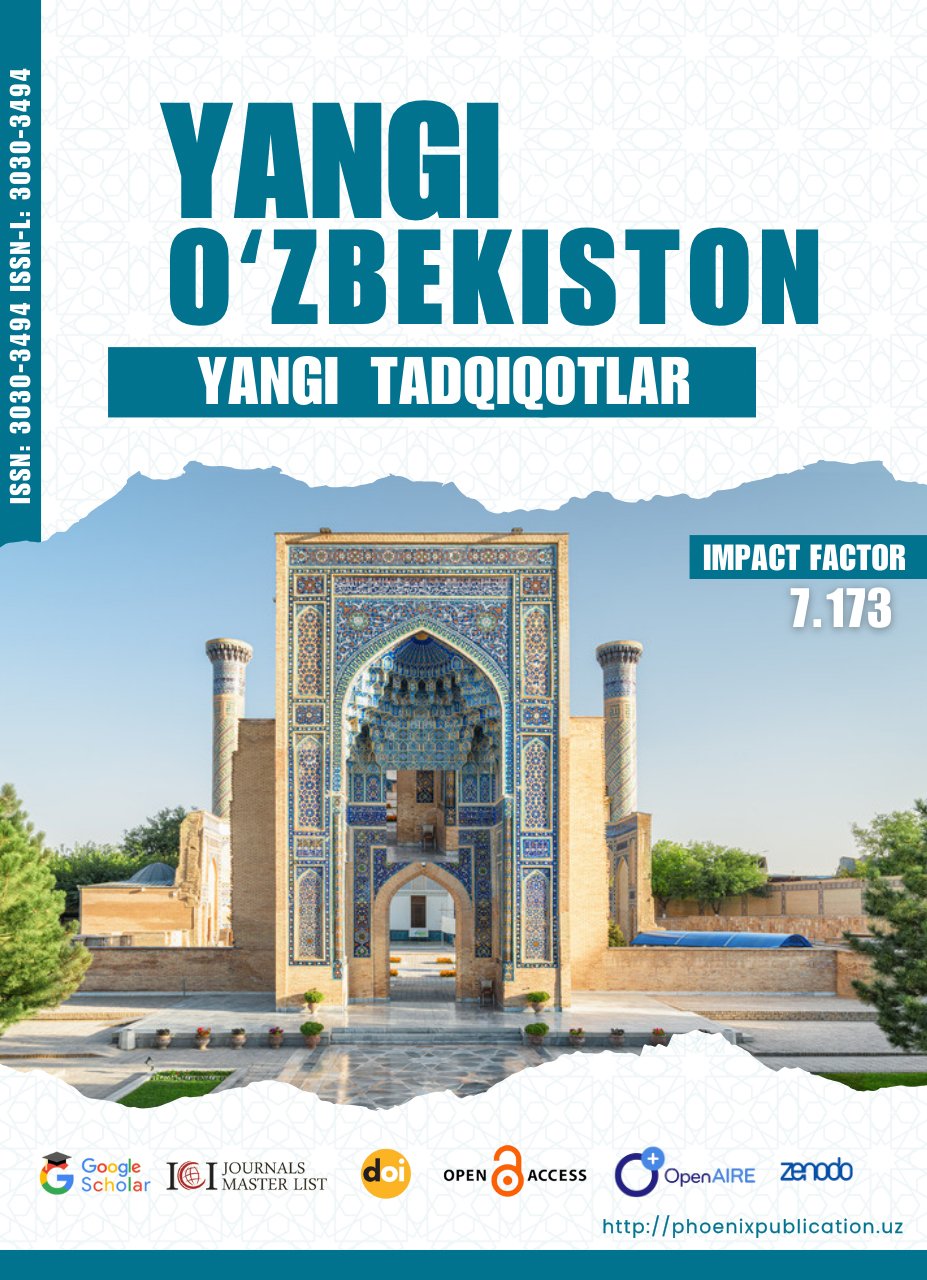Abstract
Chronic pain is a persistent and debilitating condition affecting millions worldwide. Unlike acute pain, chronic pain extends beyond the typical healing period and often requires a multidisciplinary approach for effective management. Diagnosis involves comprehensive patient history, advanced imaging, biomarker analysis, and psychological assessments. Treatment strategies integrate pharmacological options such as non-opioid medications, neuropathic pain therapies, and, in severe cases, limited opioid use. Interventional techniques, including nerve blocks, spinal cord stimulation, and regenerative medicine, offer additional relief. Non-pharmacological approaches, such as physical therapy, cognitive-behavioral therapy, and mindfulness practices, play a crucial role in holistic pain management. Emerging advancements in personalized medicine, AI-driven treatment optimization, and novel analgesics are shaping the future of chronic pain care. This article explores modern diagnostic methods and treatment options aimed at improving patient outcomes and enhancing quality of life.
References
1. Treede, R. D., Rief, W., Barke, A., Aziz, Q., Bennett, M. I., Benoliel, R., & Cohen, M. (2019). Chronic pain as a symptom or a disease: The IASP Classification of Chronic Pain. Pain, 160(1), 19-27.
2. Turk, D. C., Wilson, H. D., & Cahana, A. (2011). Treatment of chronic non-cancer pain. The Lancet, 377(9784), 2226-2235.
3. Jensen, M. P., Ehde, D. M., & Hoffman, A. J. (2015). Cognitive behavioral therapy for chronic pain: Effectiveness, innovations, and directions for research. American Psychologist, 70(2), 143-155.
4. Raja, S. N., Carr, D. B., Cohen, M., Finnerup, N. B., Flor, H., Gibson, S., & Keefe, F. J. (2020). The revised International Association for the Study of Pain (IASP) definition of pain: Concepts, challenges, and compromises. Pain, 161(9), 1976-1982.
5. Scholz, J., Finnerup, N. B., Attal, N., Aziz, Q., Baron, R., Bennett, M. I., & Bouhassira, D. (2019). The IASP classification of chronic pain for ICD-11: Chronic neuropathic pain. Pain, 160(1), 53-59.
6. Kapural, L., Yu, C., Doust, M. W., Gliner, B., Vallejo, R., Sitzman, T. J., & Yearwood, T. L. (2016). Novel 10-kHz high-frequency therapy (HF10 therapy) is superior to traditional low-frequency spinal cord stimulation for the treatment of chronic back and leg pain. Anesthesiology, 125(4), 589-600.
7. Nahin, R. L. (2017). Estimates of pain prevalence and severity in adults: United States, 2012. Journal of Pain, 18(8), 879-890.
8. Velly, A. M., & Mohit, S. (2018). Epidemiology of chronic pain: Prevalence, socioeconomic impact, and treatment challenges. British Journal of Anaesthesia, 120(3), 601-609.
9. Eccleston, C., Morley, S. J., & Williams, A. C. D. C. (2013). Psychological approaches to chronic pain management: Evidence and challenges. British Journal of Anaesthesia, 111(1), 59-63.
10. Dydyk, A. M., M Das, J., & Cassidy, E. M. (2022). Chronic Pain Syndrome. StatPearls Publishing.
